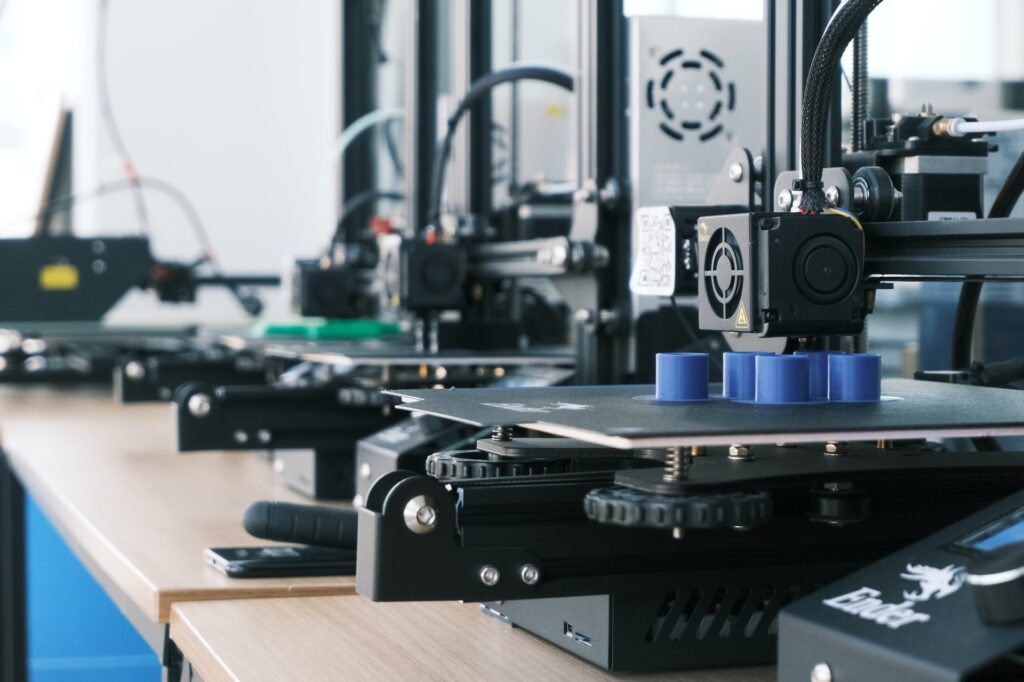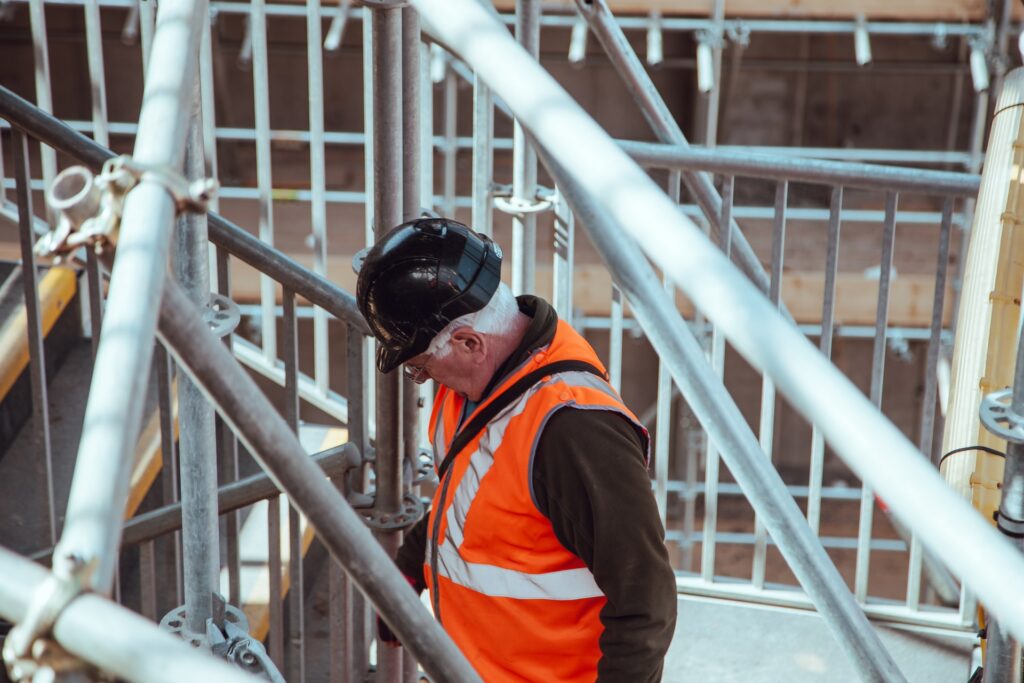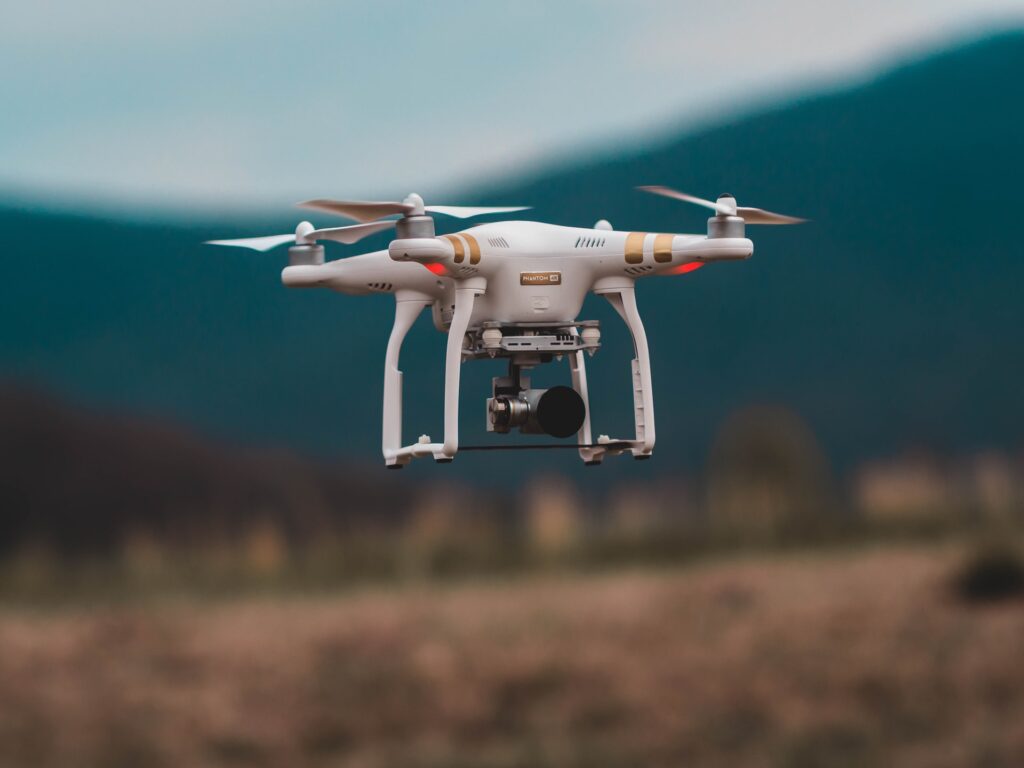
5 Types of Construction Technology to Look Out for in 2022
As is the case with nearly every other industry, the construction industry strives to use the latest technologies to provide customers and clients with the quality of work they demand. In fact, a recent study by Deloitte found that over 75% of construction and engineering executives are set to invest in various digital technologies throughout 2022.
Construction technology is any type of technology that specifically aids the construction industry. Different pieces of technology produce different results. For instance, the development of caissons and cofferdams made it possible for sizable underwater structures to be built. Advancements in cloud technology increased the use of remote project management solutions.
For the upcoming year, many of the technologies that will play a part in the construction industry are going to be used across many different industries because of their versatility. For instance, artificial intelligence and machine learning are becoming prevalent throughout the transportation, finance, healthcare, advertising, and construction industries.
All of the technologies in this guide are useful because they enable significant improvements in the efficiency, productivity, and safety of construction projects of all shapes and sizes. When construction companies and contractors use modern technology, the entire construction project can become more efficient, which makes it considerably easier to meet deadlines and complete projects under budget. This article takes a closer look at six primary types of construction technology that are likely to be widely used in the industry throughout 2022.
1. 3D Printing

Among the easiest technologies to use in this guide is 3D printing, which involves making layer-by-layer creations with machines. These printers have functions that are similar to those of traditional printers. For instance, a 3D printer can render a digital design in a physical world. On the other hand, 3D printers are able to make more than just a flat document on a sheet of paper. Instead, various materials can be used to make three-dimensional objects or structures.
Even though 3D printing isn’t yet widespread throughout the construction industry, it’s important to note that entire structures have already been printed and built with this type of technology. Construction companies and contractors can derive many benefits from using 3D printing, which include:
- Errors are practically eliminated – When a design is sent to a 3D printer, it will be rendered into the physical world perfectly, which means that expensive errors are eliminated.
- Materials are used efficiently – It’s possible to print entire structures and materials out of concrete, which lessens the amount of waste that would naturally occur when using other methods.
- Construction can be completed quickly – 3D-printed structures can be made and built within a matter of days.
Even though 3D printing has already proven to be invaluable across many industries, it has yet to be tested extensively in the construction industry, which means that it might still take some time until the limits of this technique are identified. Over the next year, the construction industry should gain a better understanding of how this technology can be used.
2. Artificial Intelligence
Artificial intelligence is rapidly increasing in popularity across a surprising number of industries. Artificial intelligence occurs when any technology is able to make its own decisions without first needing human input. In many situations, machine learning is combined with artificial intelligence. Machine learning involves technology learning from the mistakes it has made in the past.
Both technologies can benefit the construction industry in numerous ways. In the construction industry, the decision-making process has notable effects on safety and productivity. When technology is making these decisions based on data and analytics, the possibility of costly mistakes being made lessens considerably. Several of the advantages that come with using artificial intelligence in the construction industry include:
- Improved design – Since machine learning allows technology to learn over an extended period of time, the software that you use should be able to improve the design of a building by researching hundreds or thousands of variations.
- Enhanced safety – It’s possible to use artificial intelligence software to analyze photos of job sites to effectively identify safety violations and potential risks.
- Reduced costs – Software that’s based on machine learning and artificial intelligence can look at past projects to identify any inefficiencies and eventually propose timelines that are more effective and efficient.
It’s believed that machine learning and artificial intelligence will eventually be incorporated into each phase of construction, which includes everything from the planning phase to the final closeout phase that finalizes project results. Keep in mind, however, that the relative newness of artificial intelligence and machine learning means that these technologies can be expensive.
3. Virtual Reality and Wearables

Two types of technology that the construction industry will likely become more accustomed to using over the next year include virtual reality and wearables, both of which can help boost productivity and efficiency. When using virtual reality and wearable technology, construction crews and designers can better visualize complex projects before starting construction. In fact, virtual reality provides you with the ability to walk around the building or job site that you build with this technology.
Once you understand what a building is going to look like before construction begins, it should be easier to identify if any sizable changes need to be made. Without virtual reality, you may not identify an issue until construction has already begun, which means that any changes will be more expensive to make. Along with wearable VR headsets, several additional wearables that are becoming more widely adopted throughout the construction industry include:
- Smart boots – Smart boots are able to detect when workers are at risk of colliding with construction vehicles. These vehicles would be outfitted with sensors that facilitate this technology.
- Power gloves – Power gloves could enhance a person’s strength and dexterity to essentially reduce the number of overuse injuries that occurred.
- Smart hard hats – Smart hard hats have the ability to sense brainwaves that indicate when a microsleep is occurring, which places the worker at risk of being injured while on the job.
As with the other technologies in this guide, virtual reality and wearables are still in their infancy. While the wearable devices that are currently used in the construction industry are highly beneficial, they are somewhat limited to smaller and portable devices. In the future, large construction exoskeletons may be possible.
4. Data Collection Apps
Data collection apps have become increasingly popular throughout the construction industry over the past five years or so. The portability of smartphones and tablets makes it easy to use applications of all types. However, data collection apps are somewhat unique in the types of benefits they can provide in the construction industry.
When construction companies use these apps, it becomes easier for them to gather accurate and high-quality data in a more streamlined manner while working at the job site. It’s also very simple to incorporate this technology into construction processes without making a sizable investment. The main benefits associated with data collection apps include:
- Improved workflows – Data collection workflows can be fully automated, which means that the submission of a single form indicates that the next form should be submitted. Once every requested form has been submitted, the automated task will mark itself as completed. Search for a data collection app that allows forms to be submitted on desktops, laptops, smartphones, and tablets.
- Better use of time – It’s been reported that using data collection apps in the construction industry has saved around 20 administrative and field hours every week.
- Instant reporting – Data collection apps are able to provide instant reporting for client deliverables, legal documentation, and daily job reports.
- Increased safety compliance – You can use data collection apps for job safety analysis and daily equipment inspections.
5. Drones

Even though drones are a construction technology to look out for in 2022, they’ve already been used for a surprising number of applications in the construction industry. These applications include:
- Security surveillance – Equipment theft and material theft are common on construction sites, which is why it can be highly beneficial to use drones to constantly monitor construction sites when workers aren’t around.
- Topographic maps – Among the most important processes in the construction industry is mapping. If sizable lots of land need to be surveyed, aerial drones are able to complete these surveys in a timely manner, which lessens mapping costs by nearly 95%.
- Equipment tracking – It’s easy to misplace construction equipment that you’ve rented or purchased. Drones can be used to keep track of equipment, which will invariably reduce the costs of replacing this equipment.
Some of the future applications of drones include building inspections and personnel safety. It’s believed that the use of drones will continue to improve as artificial intelligence and machine learning become incorporated.
Technology is advancing at a rapid rate within the construction industry. All of the technologies mentioned above have already panned out to some extent. However, these technologies also have ample amounts of untapped potential that could revolutionize the construction industry in the years to come.

Jason Somers, President & Founder of Crest Real Estate
With over 15 years of professional experience in the Los Angeles luxury real estate market, Jason Somers has the background, judgement and track record to provide an unparalleled level of real estate services. His widespread knowledge helps clients identify and acquire income producing properties and value-ad development opportunities.
Learn more about Jason Somers or contact us.



